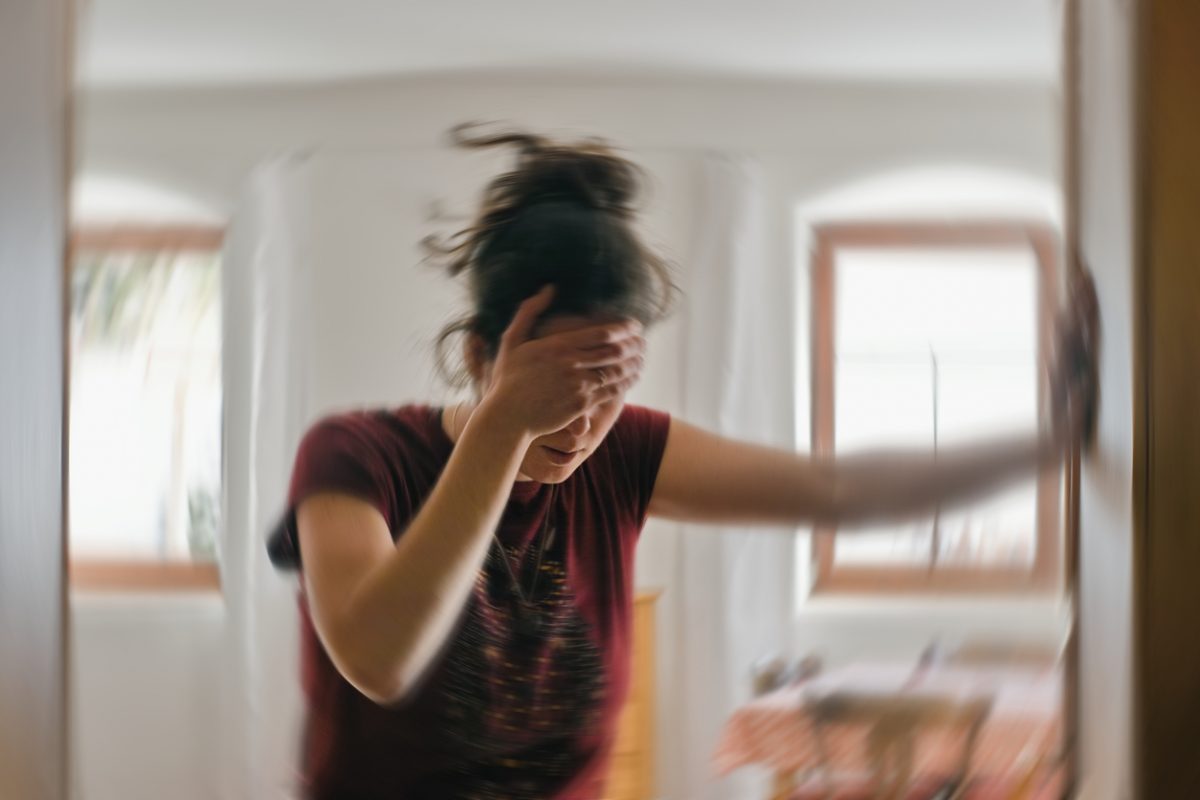Sleep disorders can be divided into those producing insomnia, those causing daytime sleepiness, and those disrupting sleep. Transient insomnia is extremely common, afflicting up to 80% of the population. Chronic insomnia affects 15% of the population. Benzodiazepines are frequently used to treat insomnia; however, there may be a withdrawal syndrome with rapid eye movement (REM) rebound. Two newer benzodiazepine-like agents, zolpidem and zaleplon, have fewer side effects, yet good efficacy. Other agents for insomnia include sedating antidepressants and over-the-counter sleep products (sedating antihistamines). Nonpharmacologic behavioral methods may also have therapeutic benefit. An understanding of the electrophysiologic and neurochemical correlates of the stages of sleep is useful in defining and understanding sleep disorders. Excessive daytime sleepiness is often associated with obstructive sleep apnea or depression. Medications, including amphetamines, may be used to induce daytime alertness. Parasomnias include disorders of arousal and of REM sleep. Chronic medical illnesses can become symptomatic during specific sleep stages. Many medications affect sleep stages and can thus cause sleep disorders or exacerbate the effect of chronic illnesses on sleep. Conversely, medications may be used therapeutically for specific sleep disorders. For example, restless legs syndrome and periodic limb movement disorder may be treated with dopamine agonists. An understanding of the disorders of sleep and the effects of medications is required for the appropriate use of medications affecting sleep.
This PDF is free for all visitors!




